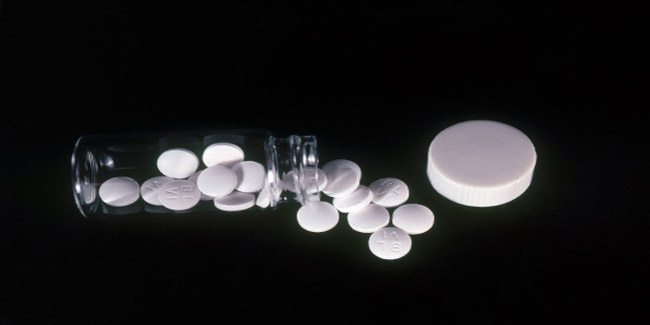
Sydenham chorea (SD) is a neurological disorder of childhood. It results from infection via Group A beta-hemolytic streptococcus (GABHS).

Symptoms
Sydenham chorea is characterised by rapid, irregular and aimless involuntary movements of the arms and legs, trunk, and facial muscles. The condition affects those between 5 and 15 years of age, and usually girls. Some children with Sydenham chorea have a sore throat several weeks before the symptoms begin.
The symptoms of Sydenham chorea can appear gradually or all at once. Among other symptoms are muscular weakness, stumbling and falling, slurred speech, difficulty concentrating and writing, and emotional instability.
Treatment
There is no cure for Sydenham chorea as of now, but the treatment approaches focus on reducing the symptoms. Those with the milder symptoms are advised bed rest during the period of active movements. Doctors also recommend penicillin for 10 years (or more) to prevent manifestations of rheumatic fever and reduce complications.
When the severity of movements interferes with rest, the doctor prescribes sedative drugs (such as barbiturates or benzodiazepines). Antiepileptic medications may also be a part of treatment in some cases.
Read Next
What is Sydenham Chorea?
How we keep this article up to date:
We work with experts and keep a close eye on the latest in health and wellness. Whenever there is a new research or helpful information, we update our articles with accurate and useful advice.
Current Version
